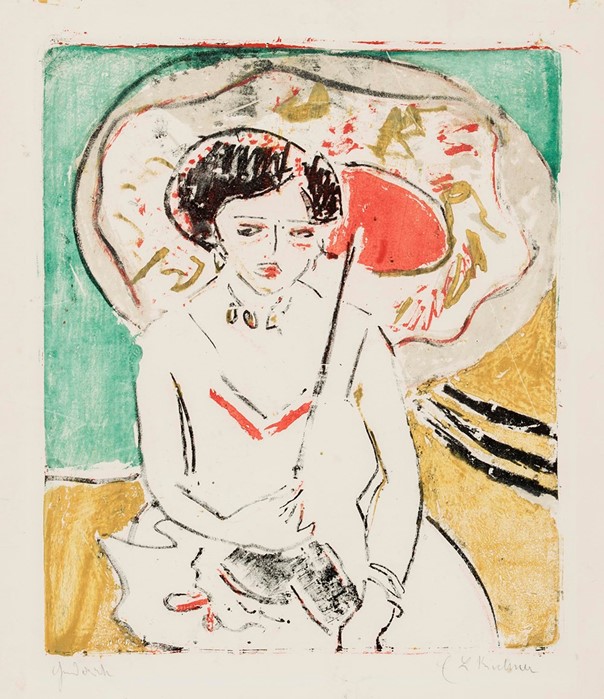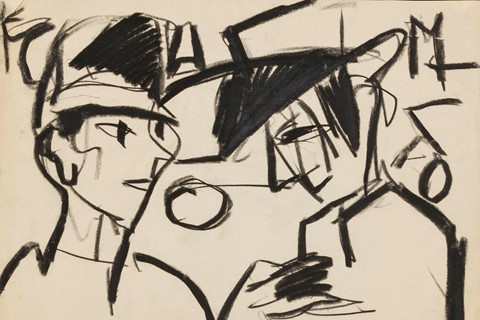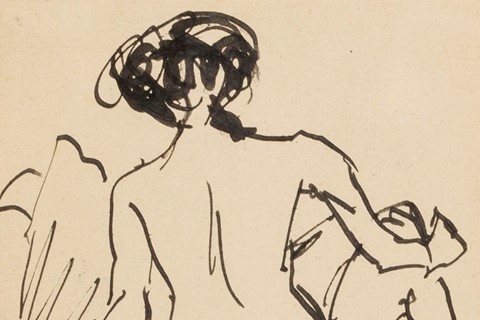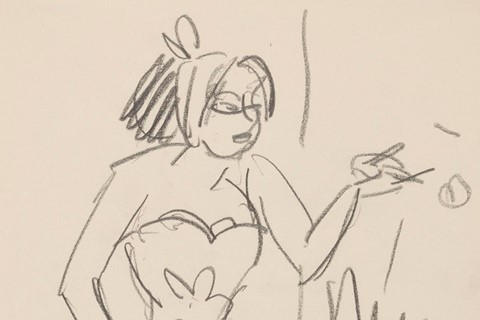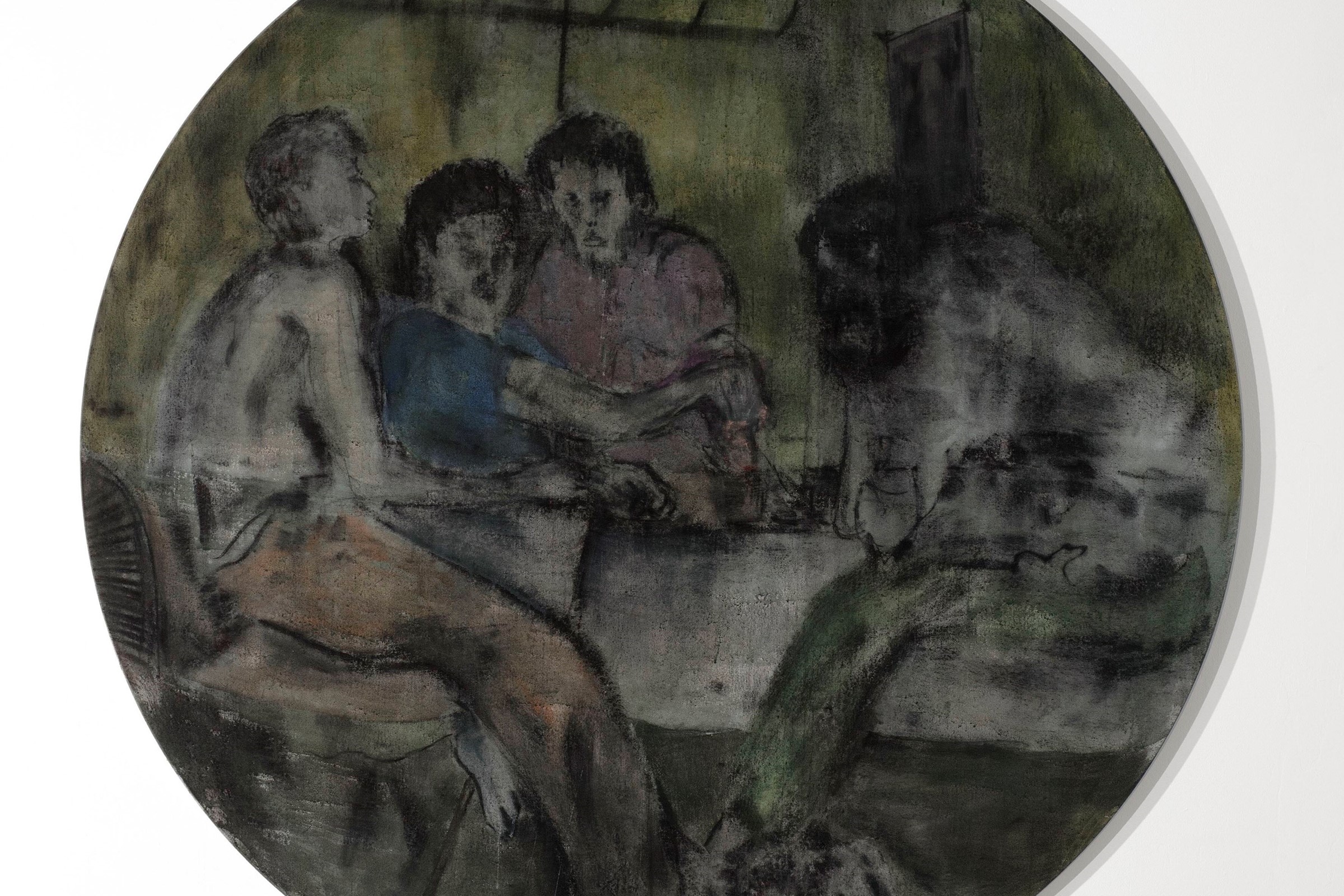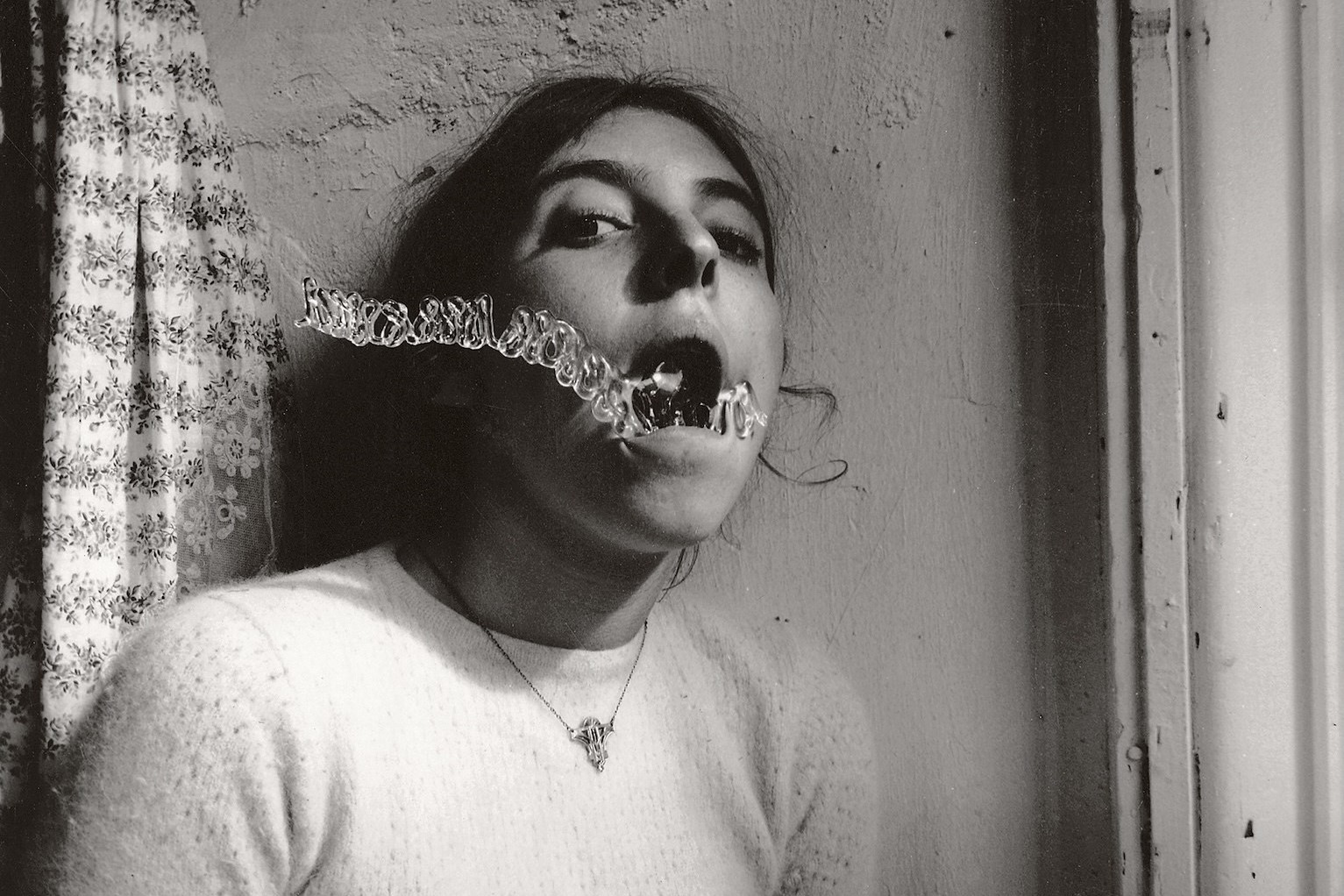As a new exhibition of his dynamic drawings and watercolours opens at the Galerie St. Etienne in New York, we consider the artist's significant oeuvre
Who? Painter and printmaker Ernst Ludwig Kirchner, born in Bavaria in 1880, was one of Expressionism's most important pioneers. A founding member of the German artists’ group, Die Brücke ('The Bridge') – whose manifesto was "to achieve freedom of life and action against the well-established older forces" – Kirchner's principal aim was to 'bridge' the gap between Germany's conservative past and the more liberal ideas of the present. The work of Edvard Munch and the Fauves undoubtedly impacted his approach (although Kirchner refuted this), while African and South Pacific tribal works were known influences upon the artist's distinctive, fluid style.
In 1913, Kirchner had his first solo show at the Museum Folkwang in Hagen – the same year Die Brücke disbanded. He later served during the First World War but was discharged following a mental breakdown. The 1930s saw a run of solo shows in Basel, Munich, Detroit and New York but Kirchner's mental afflictions (and reliance on alcohol) continued to plague him. His work was included in the Nazis 1937 exhibition of 'degenerate art’, and he committed suicide in Frauenkirch the following year at the age of 57.
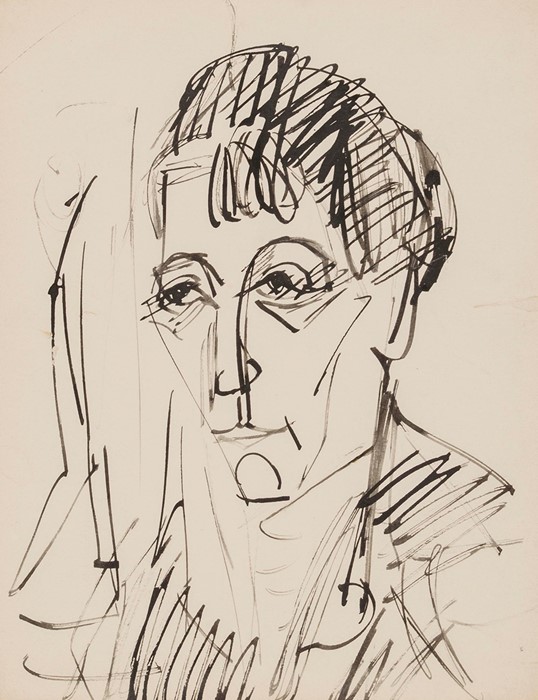
What? Expressionism is loosely defined as art that distorts reality in order to express emotional experience, thoughts and ideas – typically, those of the artist. Originating from Germany in the early 20th century, it emerged largely as a reaction to societal changes at time – the disillusionment with industrialisation (the juxtaposition of reveling in its fast pace, whilst experiencing its dehumanising ramifications); a new interpretation of the naked form (no longer romanticised, nude figures alluded to sexuality and the Expressionists distorted them, capturing them in unconventional positions to reveal depth and emotion); the relaxing of straight-laced conventions (indicated through the upsurge in cabaret) and later, the devastating effects of the First World War.
Symptomatic of Expressionism were abstract forms, the use of intense, bright colours, the textured and liberal application of paint, and loose brushwork. Kirchner experimented with all of these facets. Working extremely quickly, he sketched in 15-minute stints, enabling him to capture the soul of the subject, ‘the ecstasy of first sight’. He also favoured the ancient art of woodblock printing for its links to tribal art as well as to the respected 15th-century artist, Albrecht Durer. Kirchner’s carvings of avant-garde muses and landscapes remain just one example of how he attempted to 'bridge' the gap between classic and modern, as Die Brücke set out to do, and are among some of the most popular of his works.
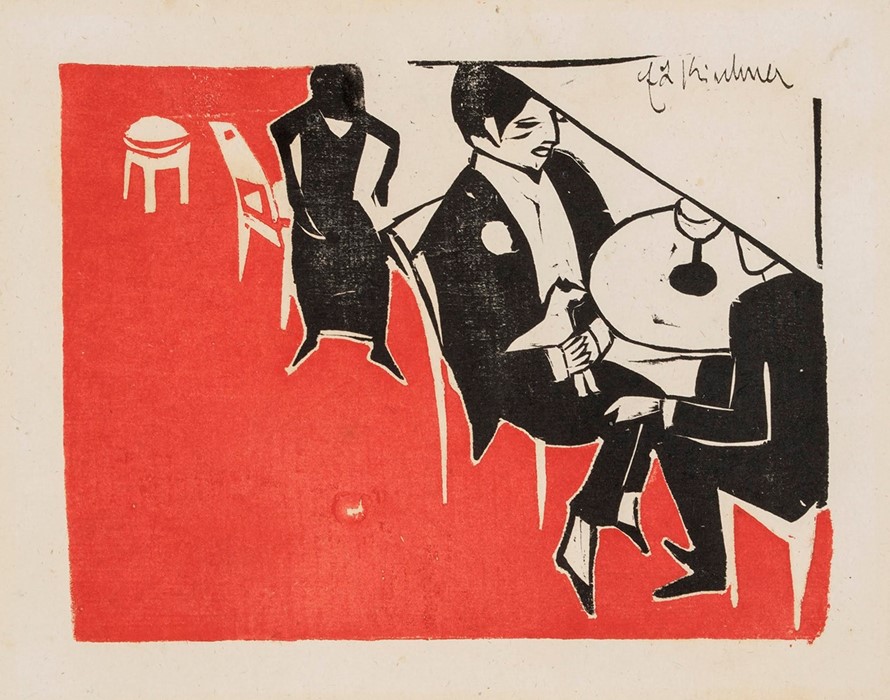
Why? While some have considered Kirchner worthy of ‘Picasso status’ (doing for Germany what the latter did for Spain), arguably he remains an unsung artistic hero of the early 20th century. His work has been seen in the context of the 'obvious' and the 'hysterical', against claims his printmaking overshadows his paintings. It is known he had trouble transcribing his sketches to canvas – he even acknowledged it – and widely, it is accepted that his earliest work, pre-1915, was his best.
That said, Kirchner's progressive approach and extraordinary skill is undeniable, as evidenced by a new exhibition of his watercolours and drawings at the Galerie St. Etienne in New York, which provides a unique overview of the artist's career and its highlights. Including 30 never-before-seen sketches, the exhibition explores the connection between these works and those created in other mediums, from his rare woodcuts to his lithographs and etchings, all the while revealing how he honed his craft and charting the progression of his scope. Most of all, the show is a celebration of Kirchner's dedication and contribution to Expressionism; the artistic movement that attempted to interpret the unfamiliar, industrialised world it saw before it.
Ernst Ludwig Kirchner: Featuring Watercolours and Drawings from the Robert Lehman Collection is at the Galerie St. Etienne, New York until July 1, 2016.
